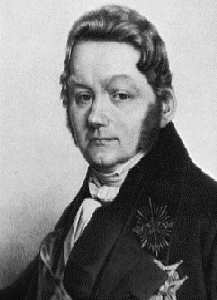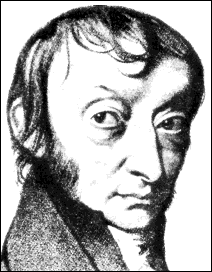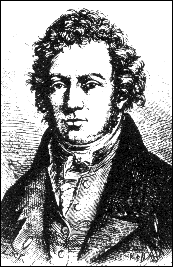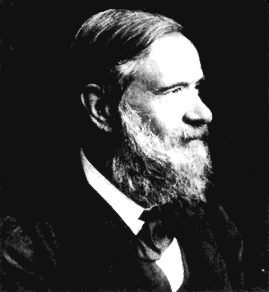Brief History
Beginning of 19th Century
In 1811 Berzelius doubts that organic compounds have defined compositions.
Jöns Jakob Berzelius (1779-1848): Professor of Chemistry from Stockholm in Sweden. He discovered selenium, silicon and thorium. He was the first to determine atomic weights and thereby helped to establish the atomic theory of chemistry. Berzelius proposed the system of symbols used today for the designation of elements. He was a prolific writer of textbooks, annual reviews and articles. His support or rejection of new chemical theories had a great influence on the chemists of his time.
Avogadro and Ampère hypothesis (1811): equal volumes of gases under the same conditions of pressure and temperature contain the same number of molecules. The experimental fact that 2 volumes of hydrogen plus 1 volume of oxygen make it possible to obtain 2 volumes of water vapor can only be explained if hydrogen and oxygen were diatomic molecules. Conflict with Dalton and Berzelius. In 1860 this principle was accepted thanks to Cannizzaro.
Amadeo Avogadro (1776-1856): Physicist, lawyer and Professor of Physics-Mathematics from Turin in Italy. He was the first to distinguish between atoms and molecules of the elements, although his views were ignored for a long time.
André Marie Ampère (1775-1836): Physicist and mathematician from Paris. He discovered the forces exerted by one electric current on another and developed the mathematical theory associated with this phenomenon. The ampere was taken in his honor as a unit of current in electricity.
Stanislao Cannizzaro (1826-1910): Professor of Chemistry of Genoa, Palermo and Rome. Before studying chemistry he studied medicine and physiology. He was exiled to Paris for his support of Garibaldi's revolution of 1847. He was the first to prepare cyanamide (NH2CN); He also did extensive studies on aromatic aldehydes, including the Cannizzaro Reaction of aldehydes with bases.




